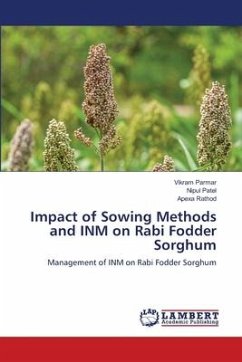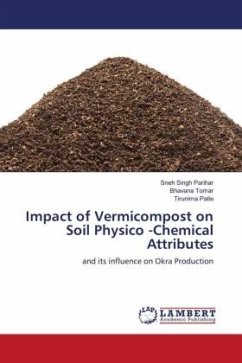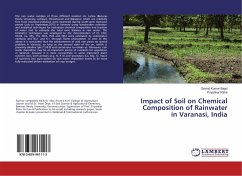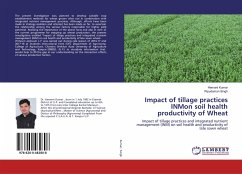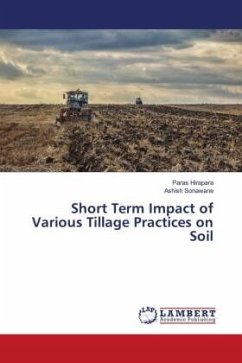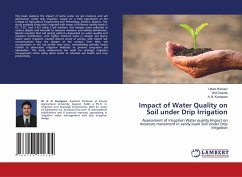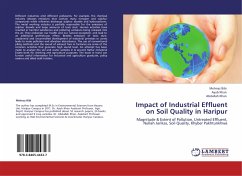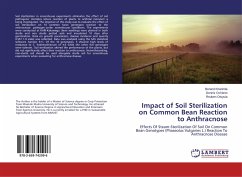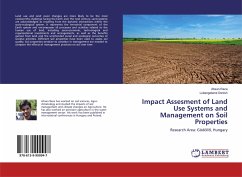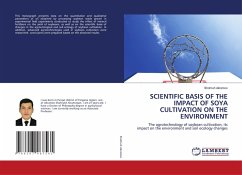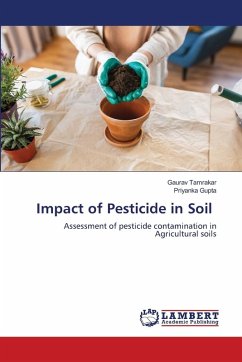
Impact of Pesticide in Soil
Assessment of pesticide contamination in Agricultural soils
Versandkostenfrei!
Versandfertig in 6-10 Tagen
29,99 €
inkl. MwSt.

PAYBACK Punkte
15 °P sammeln!
Many pesticides are used widely to protect plants from disease, weeds and insect damage, and usually come in attached with soil, where they undergo a variety of transformations that provide a complex pattern of metabolites. This article reviews the most relevant analytical methods for determining pesticides and their transformation products in soils. We address some recent advances in sampling and sample-preparation technologies for soil analysis. We discuss and critically evaluate procedures, such as liquid extraction methods (pressurized liquid extraction or microwave-assisted extraction) an...
Many pesticides are used widely to protect plants from disease, weeds and insect damage, and usually come in attached with soil, where they undergo a variety of transformations that provide a complex pattern of metabolites. This article reviews the most relevant analytical methods for determining pesticides and their transformation products in soils. We address some recent advances in sampling and sample-preparation technologies for soil analysis. We discuss and critically evaluate procedures, such as liquid extraction methods (pressurized liquid extraction or microwave-assisted extraction) and solid-phase based methods (headspace solid- phase micro extraction, solid-phase micro extraction or matrix-solid-phase dispersion). Analysis of pesticides is generally carried out by gas chromatography (GC) or liquid chromatography (LC) coupled to different detectors, especially to mass spectrometers (MSs). However, alternative and/or complementary methods, using capillary electrophoresis (CE), biosensors and bioassays have emerged recently. We also consider the advantages and the disadvantages of the various methodologies.



